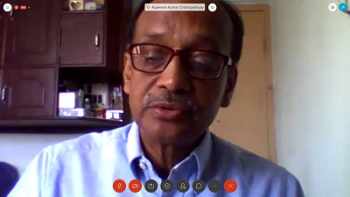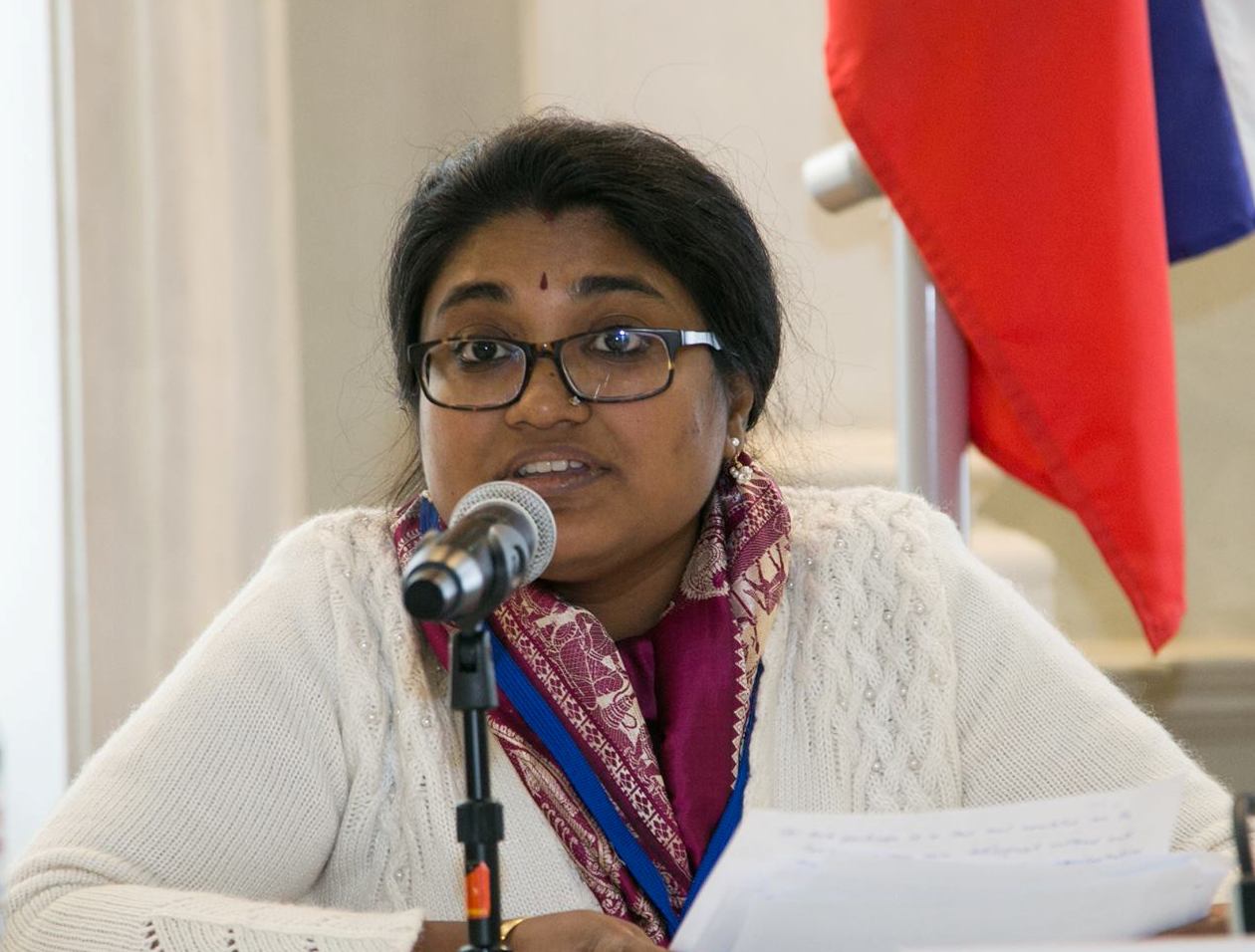VIF organized a talk by Professor Rupendra Kumar Chattopadhyay (Vivekananda Chair Professor of Social Science, University of Calcutta) under the VIF Lecture Series ‘Understanding Indian History & Civilization’. The talk was titled Reconceptualizing Religious History: Archaeological Findings from Itkhori, a Composite Sacred Space and was held via webinar on 16 July 2020.
The speaker contended that the academic study of the history of religion in India finds itself in a peculiar predicament today: it suffers from poor conceptualization as well as lack of supportive evidence. On the one hand, there are works belonging to the genre of Marxist historiography which utilizes social, economic and political, that is, extra-religious parameters to judge religious phenomenon. These works are also poor in terms of ground data, and borrow models from Western theoretical frameworks. On the other hand, traditional historical scholarship in India on subjects such as iconography etc. needs to be updated in the light of modern findings. The objective of the speaker was to update our knowledge about the fundamental data on religion and its actual context.

The talk focused on a selected religious space of eastern India—Itkhori or Itkhairi—located in the core area of the eastern Indian plateau of Chotanagpur. The existing knowledge of Itkhori based on its findings recorded so far has identified it as a Buddhist (Vajrayana) site. Prof. Chattopadhyay argued that their exploration and documentation in the region has revealed that the site demonstrates features of both Buddhist and Brahmanical traditions to a great extent.
Itkhori is situated in the core zone of India’s prosperous Chhotanagpur plateau and is supposedly on the ancient pilgrim route from Bodhgaya to Odisha, bridging the early port of Tamralipta. It is a sacred space of remarkable historical significance, and yet a place that has been overwhelmingly treated as a peripheral place or an area of isolation by contemporary Indian historians, thanks to their typical economic and political prism. A careful scrutiny of the site’s religious dimensions and iconographic testimonials shows that despite being on plateau, Itkhori was an active participant in the broader processes of socio-cultural interactions and reciprocations with the adjoining plains of the middle and lower Ganga valleys, the coastal areas of West Bengal and Odisha as also the Mahanadi and Baitarani valleys, i.e. south Kosala. Itkhori was a space, marked by remarkable religious efflorescence. The plethora of sculptural and architectural testimonials, including the stone votive stupas, depicts an ancient Itkhori, where Brahmanism prospered as much as Buddhism, and more importantly the two prospered almost simultaneously, particularly in the post Gupta phases. The fact of the simultaneous existence of Buddhism and Brahmanism is well testified by the Bhadrakali temple complex. This points to the fact that the common people who thronged this space as devotees and patrons never discriminated between Buddhism and Brahmanism. The speaker concluded with a presentation and discussion of the sculptural pieces from Itkhori and sites around it, many of which clearly attest to the co-existence of Buddhism and Brahmanism.





Post new comment